 Shutterstock
Shutterstock
Dogs are more than loyal companions; they’re skilled observers of human behavior. Have you ever noticed your dog watching you closely as if reading your mind? Research shows that dogs learn a lot simply by watching us and picking up on our habits, routines, and even emotions. This remarkable ability to observe and imitate human behavior helps them thrive in a human-centric world. From understanding daily routines to recognizing emotional cues, dogs adapt and connect with us in ways that reveal just how much they learn through observation.
Picking Up on Routines and Schedules
 Shutterstock
Shutterstock
Dogs are excellent at observing our routines and figuring out what’s coming next. If you have a specific time for feeding, walking, or bedtime, you’ve likely noticed your dog anticipating these moments before you say a word. By watching your habits, dogs quickly learn the cues and actions that signal what’s about to happen. This anticipation is more than just them recognizing sounds; it’s about seeing your movements and preparing for what comes next. A glance at your keys, your shoes, or even the time on the clock can set off their excitement, showing how closely they watch and interpret our routines.
Learning Commands and Gestures
 Shutterstock
Shutterstock
Dogs are incredibly perceptive when it comes to body language. They don’t only rely on verbal commands; they often watch our hand signals and facial expressions to understand what we’re asking of them. Many dogs learn to sit, stay, or lie down based on a combination of words and gestures, sometimes responding better to a hand signal than a spoken command. This ability shows how dogs pay close attention to our movements and pick up on our intentions just by observing us. Watching and learning gestures allows dogs to respond more effectively and strengthens their relationship with their owners.
Recognizing Emotional Cues
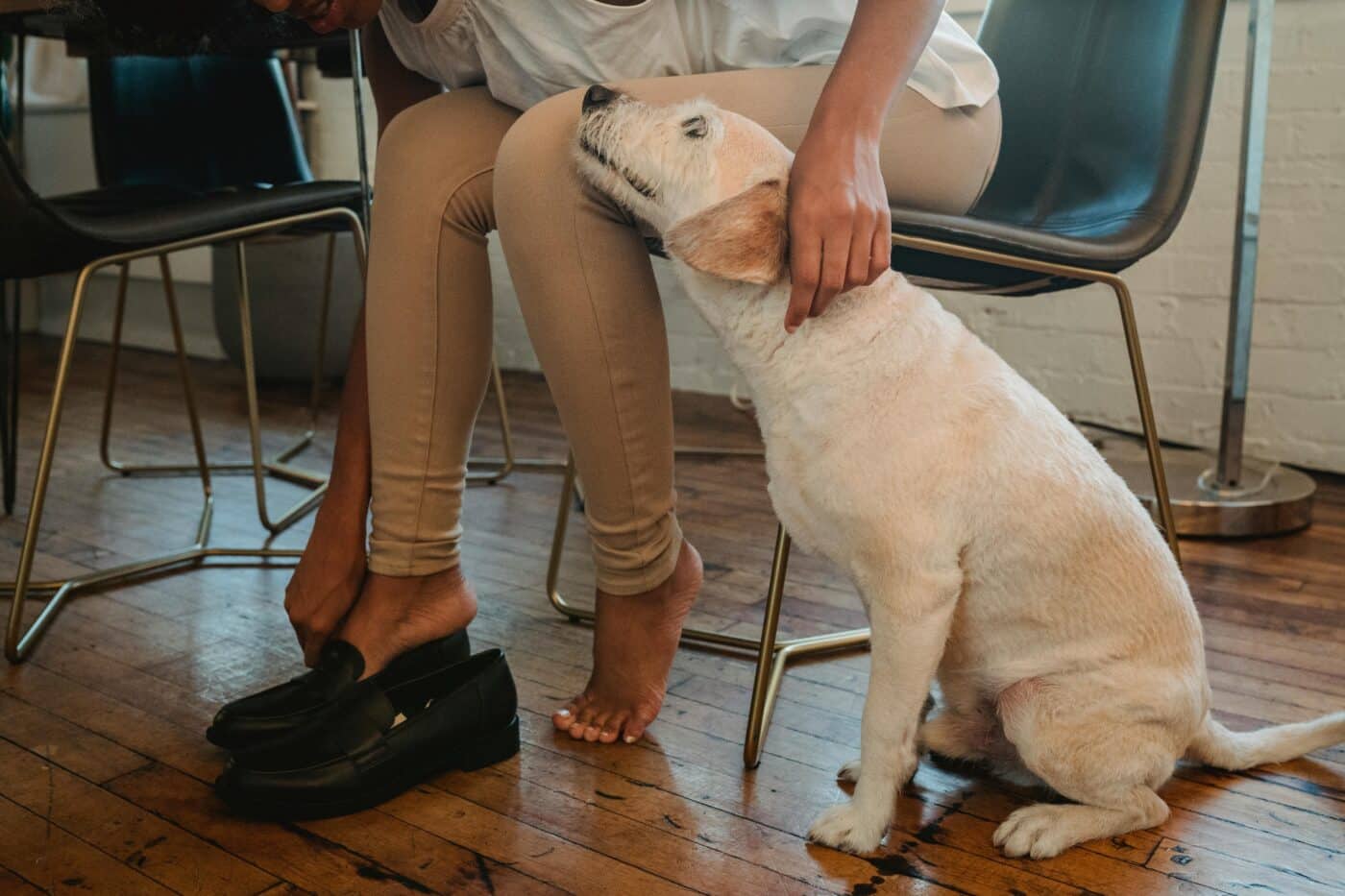 Shutterstock
Shutterstock
Dogs are highly sensitive to human emotions and can learn to read our mood changes just by watching our expressions and body language. If you’re feeling stressed, sad, or happy, chances are your dog knows it too. By observing us, dogs learn to detect subtle changes in our posture, tone of voice, and facial expressions that signal our feelings. Research shows that dogs can even differentiate between smiles and frowns, often responding with comforting behavior when we appear distressed. This ability to pick up on emotional cues shows how dogs use their observational skills to provide support when we need it most.
Mimicking Our Social Interactions
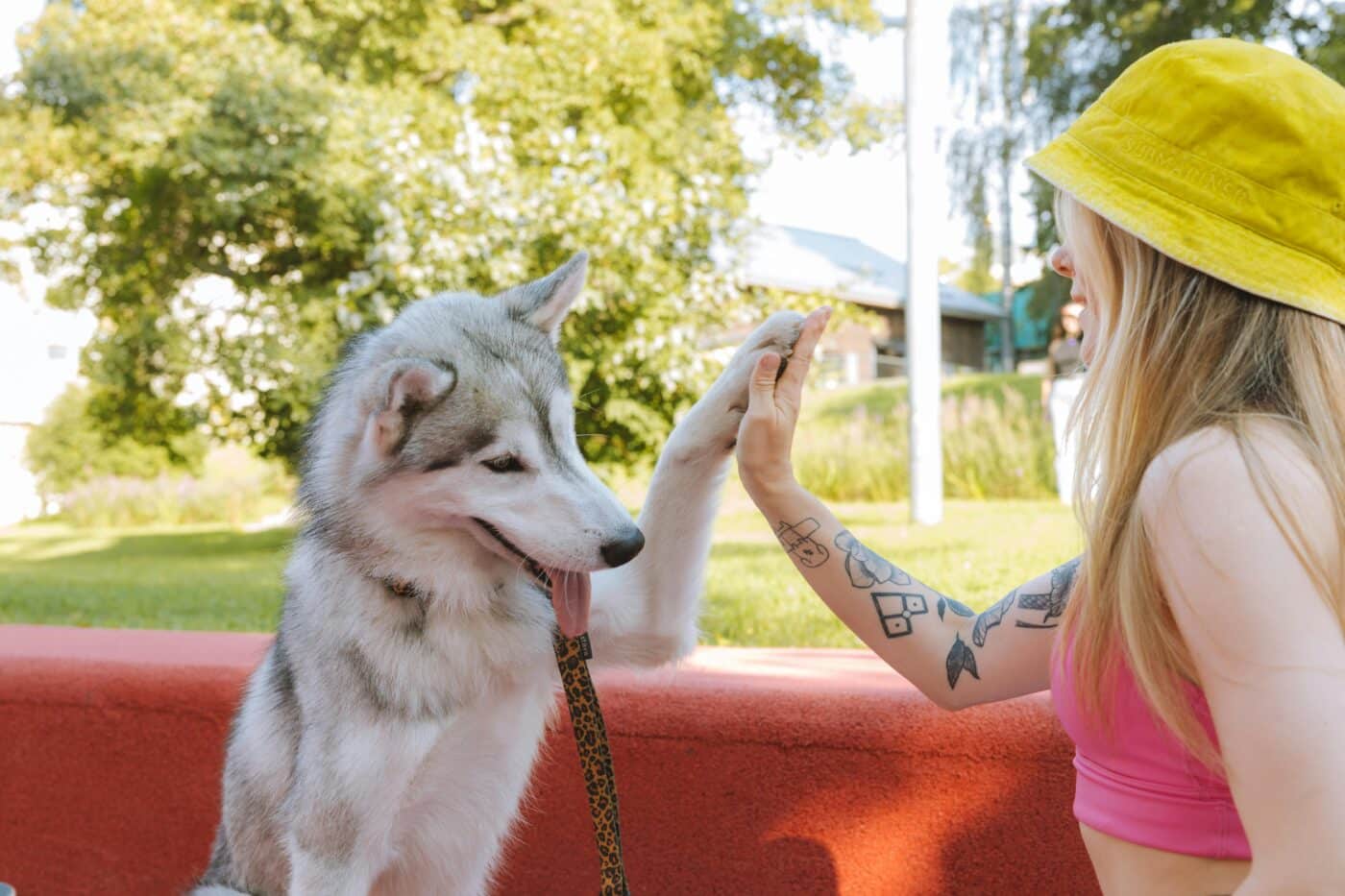 Shutterstock
Shutterstock
Dogs are social creatures and are known to mimic behaviors, including those they observe in humans. If you greet friends warmly or engage in playful interactions, your dog may try to do the same. Many dogs pick up on social behaviors like handshakes, hugs, and even the way we say hello, trying to mimic these actions in their own way. This imitation allows dogs to feel more integrated into our social lives and communicate in a language they see us using. By watching us, dogs learn which behaviors are valued and seek to participate in ways that strengthen their bond with us.
Understanding Household Etiquette
 Shutterstock
Shutterstock
Dogs can learn a surprising amount about household rules just by observing us. For instance, they may try to follow suit if they see you consistently removing shoes before entering certain areas or notice you avoiding specific furniture. Some dogs even learn not to jump on certain people or avoid rooms that aren’t allowed. While it may not always be foolproof, this observational learning allows dogs to understand boundaries within the home, often reducing the need for constant reminders. This form of learning highlights their adaptability and desire to coexist harmoniously within human spaces.
Knowing When You’re About to Leave
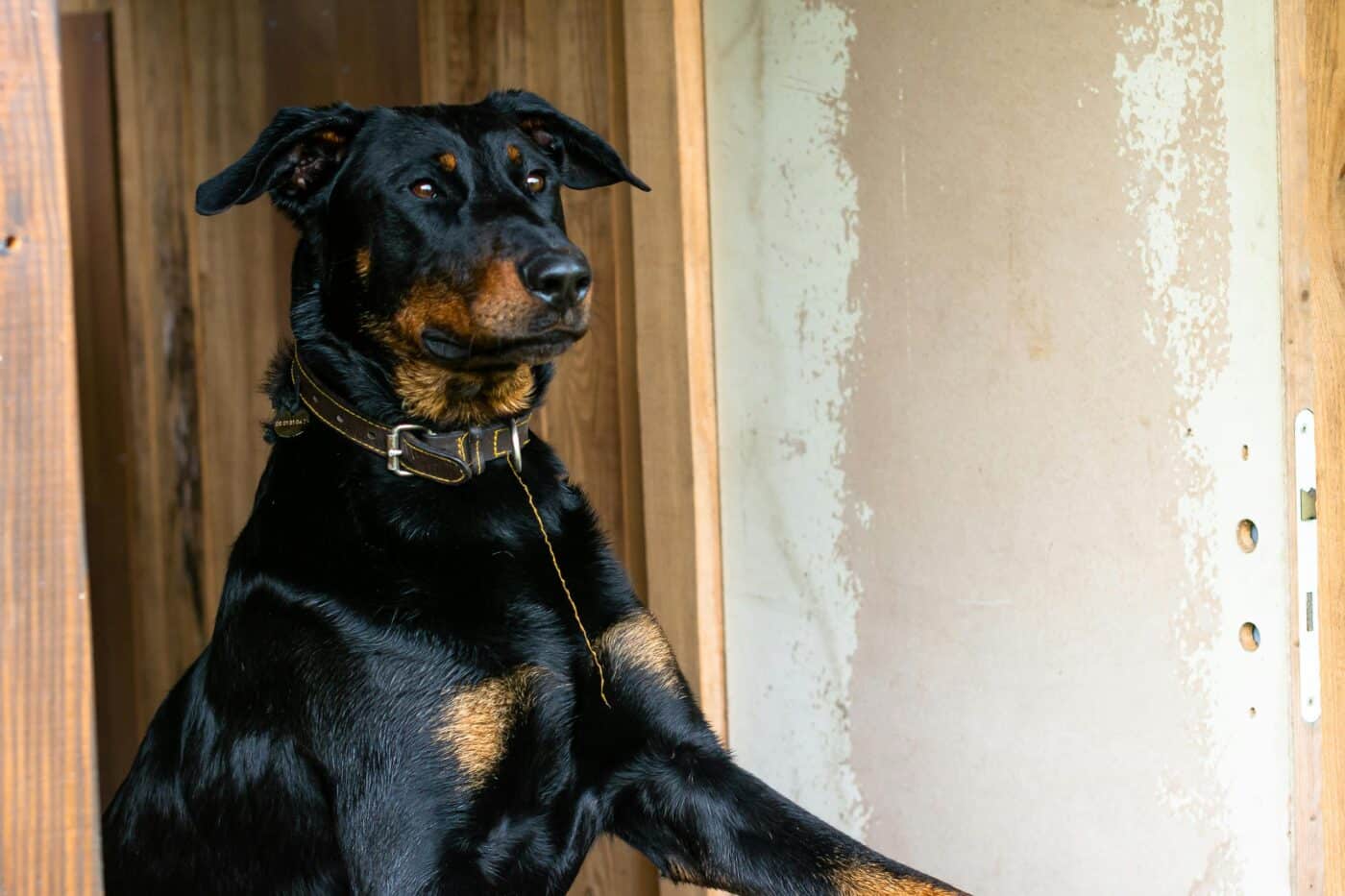 Shutterstock
Shutterstock
Dogs have an uncanny sense of when you’re about to leave the house, often triggered by specific actions they observe. Whether it’s you putting on your shoes, grabbing your keys, or checking the weather, dogs quickly learn that these cues mean you’ll be gone for a while. Their reaction to this knowledge can vary—some may wait calmly, while others might get anxious. This ability to understand when you’re about to leave shows that dogs are highly attentive to our behaviors and can adapt their responses based on what they expect will happen next.
Responding to Positive Reinforcement by Observing Reactions
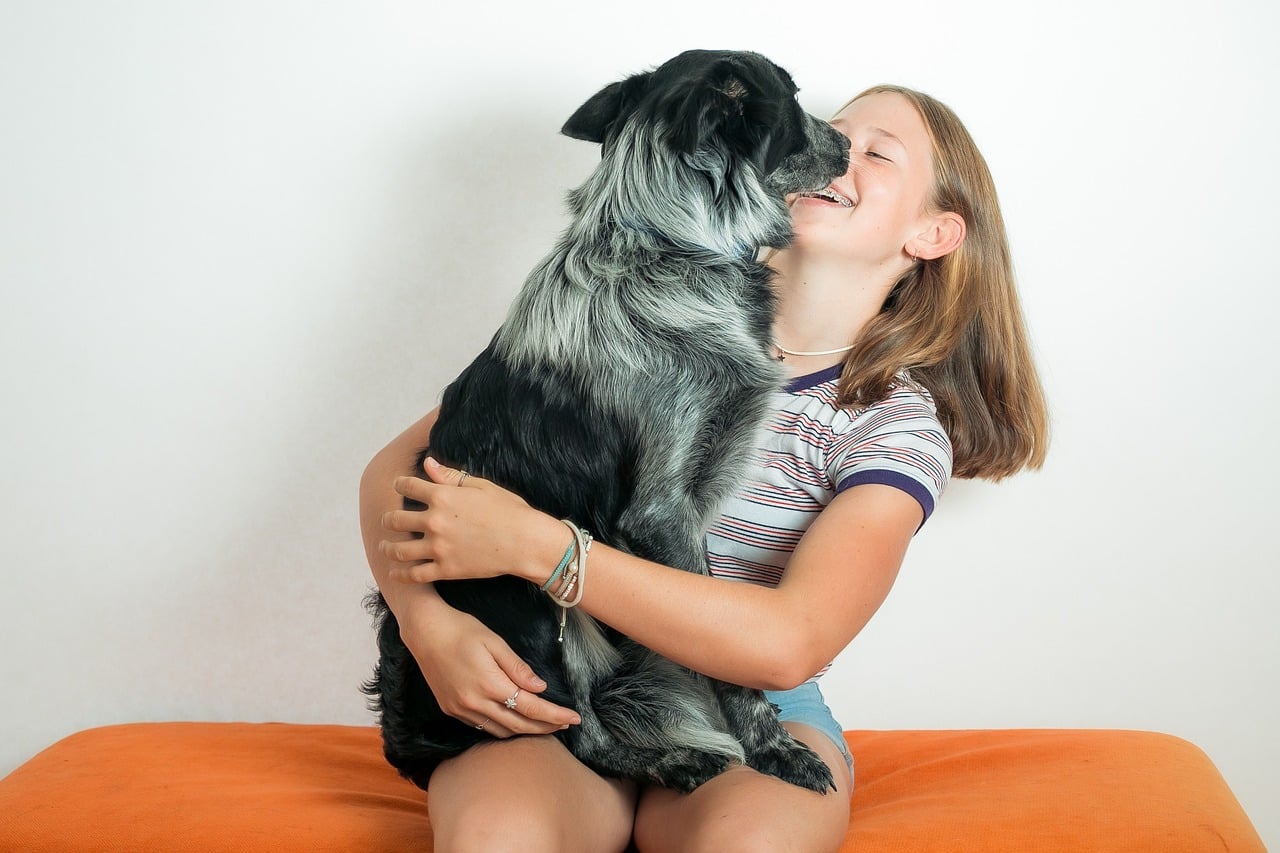 Shutterstock
Shutterstock
Dogs are quick to learn which behaviors bring rewards, often just by observing our reactions. They’re likely to repeat those behaviors if they see you smiling, laughing, or giving treats in response to certain actions. For instance, if rolling over gets them extra praise, they might try it more often, hoping for the same positive response. This observational learning allows dogs to understand the concept of positive reinforcement without formal training. They recognize which behaviors are encouraged and rewarded, leading them to become skilled at adapting to human preferences and social expectations.
The True Teachers’ Pets
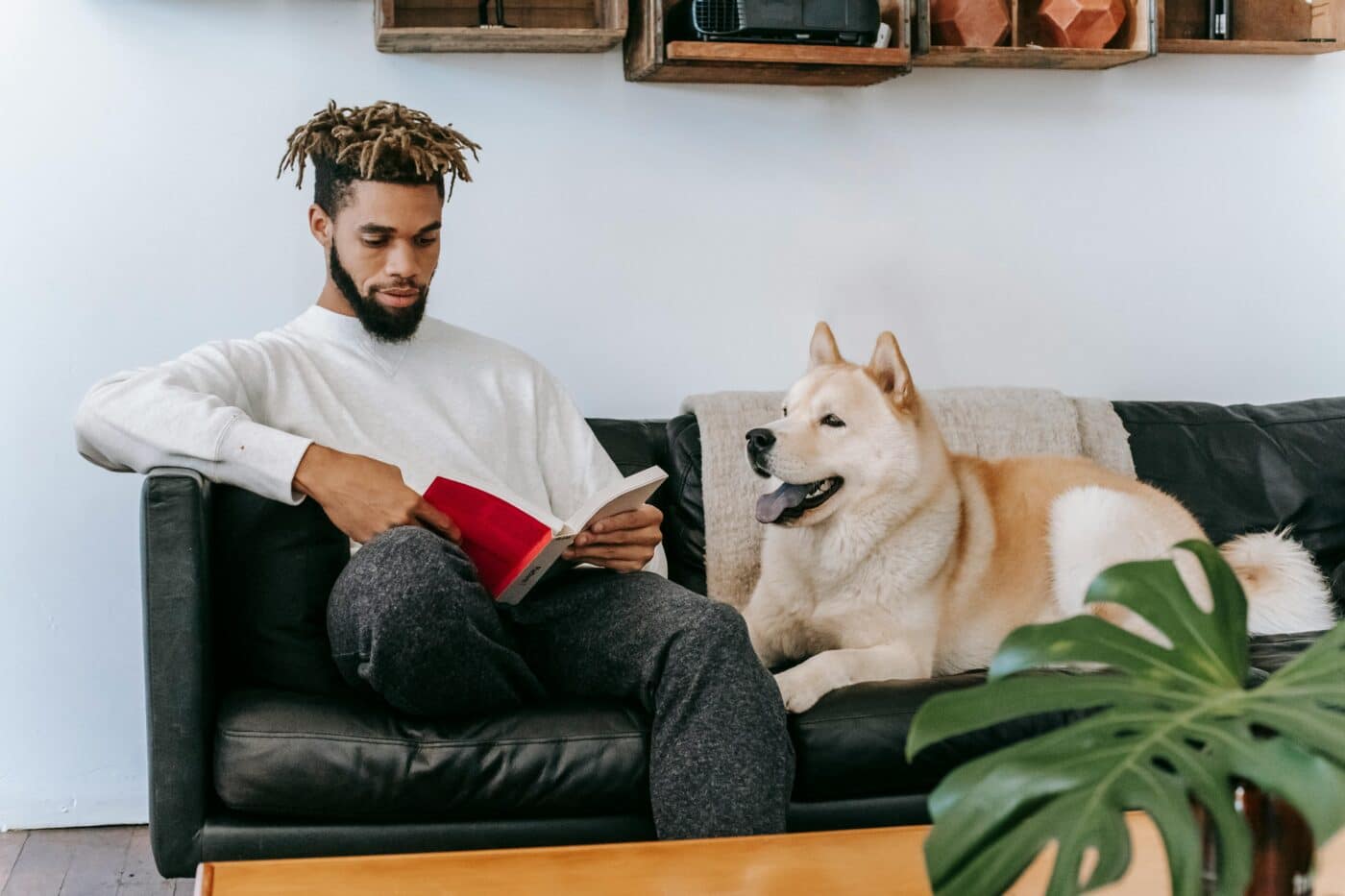 Shutterstock
Shutterstock
These surprising ways dogs learn from watching us prove they’re more than pets; they’re attentive students of human behavior. Their observational skills help them seamlessly integrate into our lives, understanding routines, emotions, and social cues. Whether picking up commands, sensing our moods, or following household rules, dogs can learn and adapt. So next time you see your dog watching you closely, remember—they’re taking mental notes! With such impressive learning abilities, dogs deserve their reputation as “man’s best friend” in every way.
 Toledo, United States.
Toledo, United States.